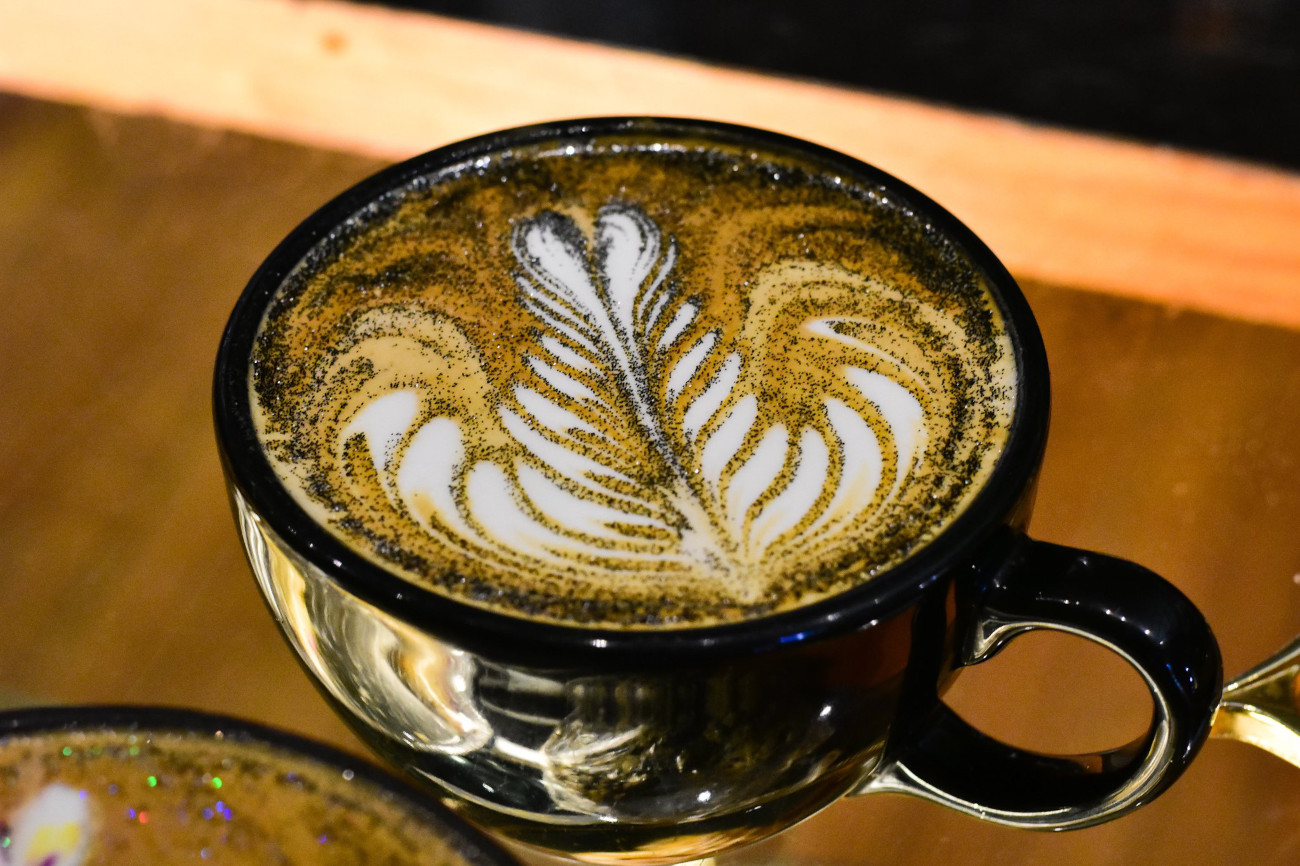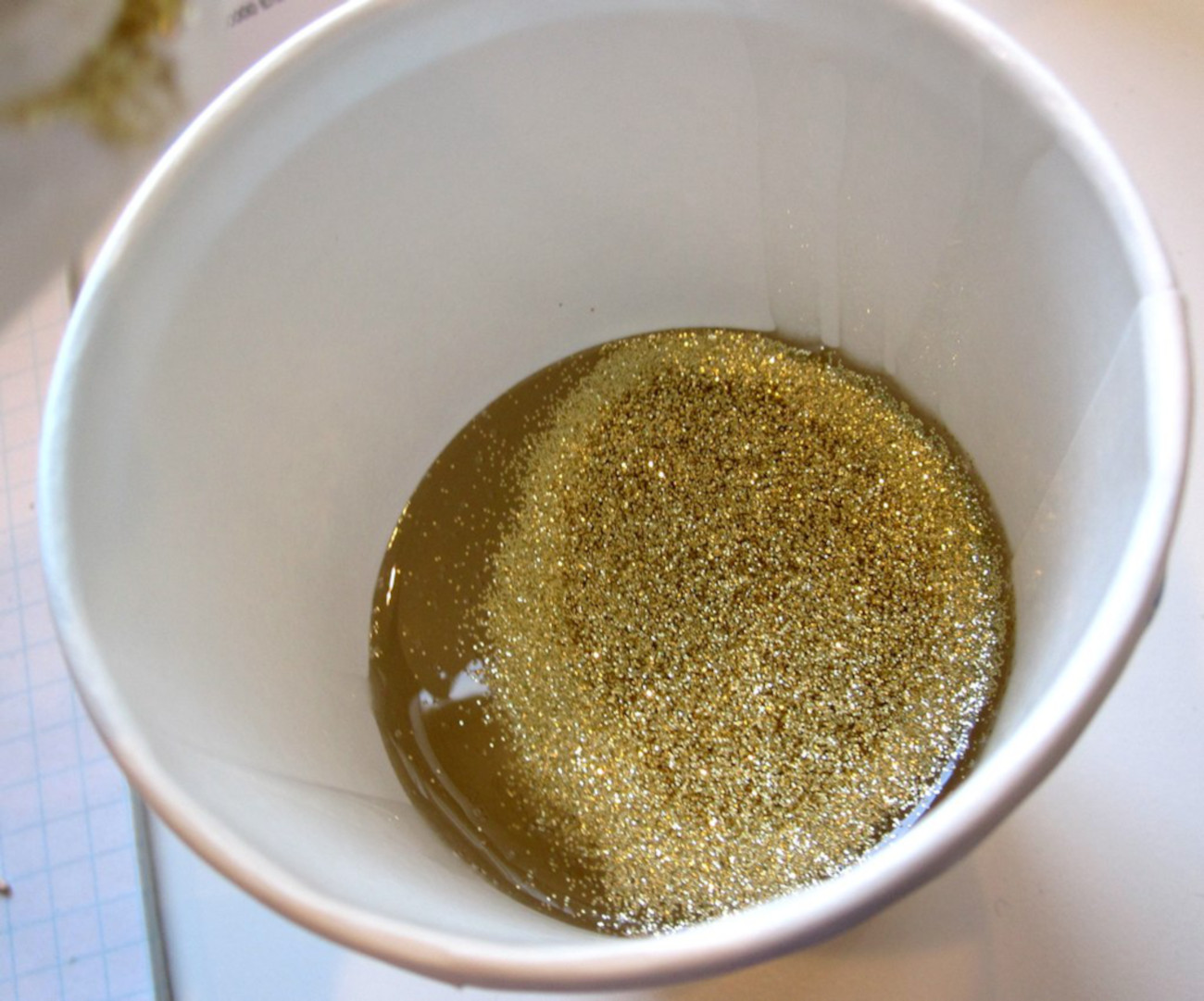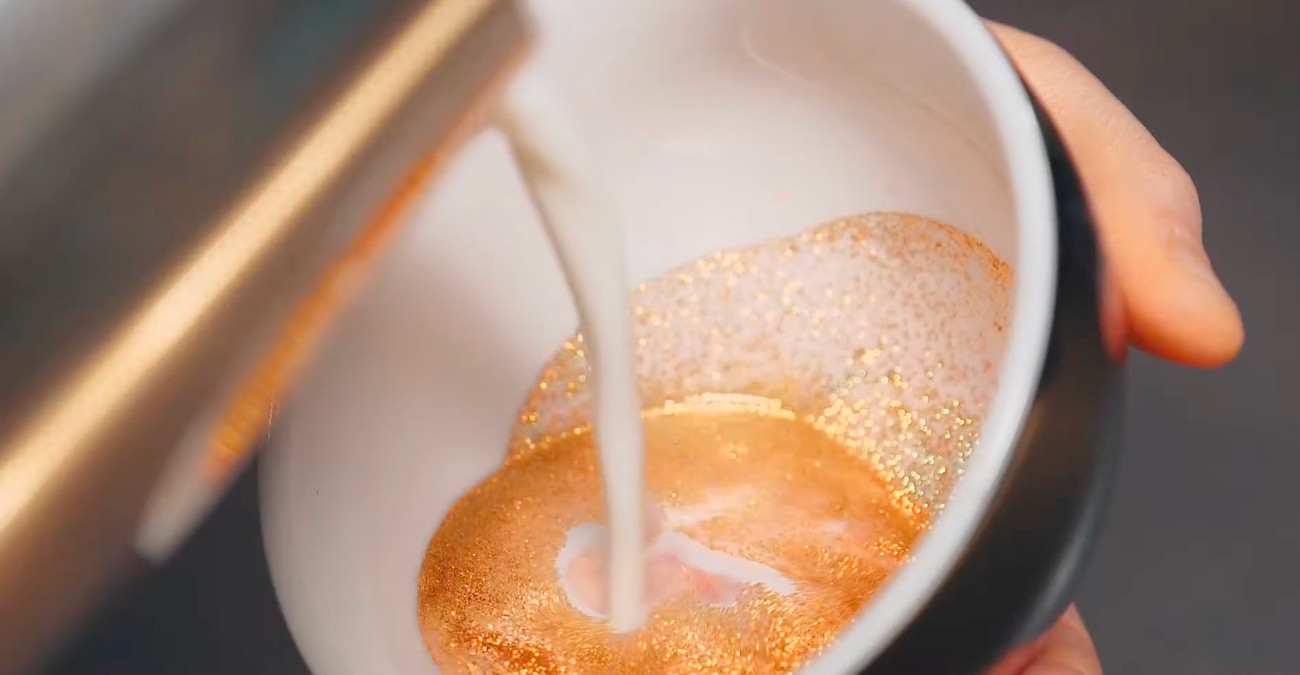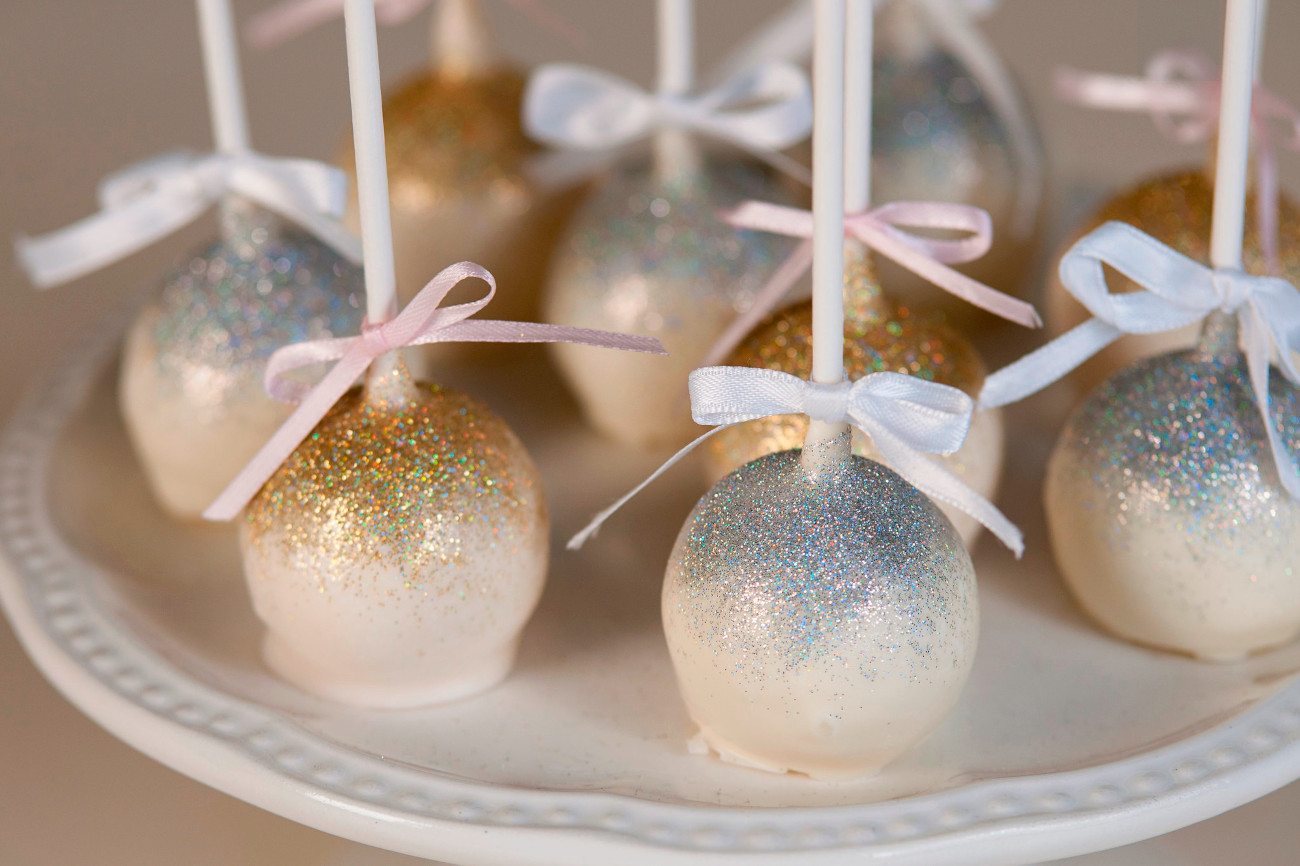In some form or another, glitter is always trendy. Sure, how much glitter one uses varies on the year, but now it seems like glitter is added to even more glitter. If you think glitter stops at fashion think again, because glitter is blinging out food and drinks alike! But one has to wonder, is it really safe to eat things that are this shiny?

Glitter has covered a lot of food appearing the ‘Gram (Instagram) — lattes, gravies, cakes, and shakes, sure, the likes are good, but is the end result actually edible?

The short answer is yes…and no. In 2017 a lot of this glitter safety came to light when cafes were making holographic lattes, and many people suspected that the “crystal sugar and coloring mixture” was non-edible disco dust. These cafe’s glitter use seemed above and beyond the norm, it was a lot even by cake decorating standards. Many worried that continually drinking such a latte couldn’t possibly be healthy.

So is glitter safe….the problem comes down to two terms: non-toxic versus food-grade. Since it’s hard to regulate the labeling, especially online, there are a lot of misleading words that can confuse consumers. Glitter labeled non-toxic is very different from something that is food safe because non-toxic does not equal edible. To give you an example of non-toxic, play-dough is labeled non-toxic but not considered a food substance. On the other hand, most common ingredients for food-safe glitter is a little no edible containing ingredients like sugar, gum arabic, maltodextrin, cornstarch, and edible color additives.

Before disco dust was covering bagels and tacos, most people found glitter on specialty cakes and cookies, but even food contact glitter isn’t necessarily safe to eat, and many suggested removing some of the glitter before consuming the cakes or cookies. Sourcing legitimate edible food-grade glitter isn’t the easiest nor clearest, so you can’t always verify if the glitter on your food is actually the food-grade version.

So what is the fear? Many fear that the particles of colors and luster aren’t healthy to digest You have to wonder about the long-term effects (even of food- grade versions) of glitter going in and out of your body, but since there are very few studies or research, no one will know the health consequences of eating glitter. Eating a lot of glittered foods and drinks has the same risks as ingesting food dyes, raw meat, and undercooked cooked — like any other food, eating glitter is considered a “to each your own” risk ingredient.
So if you want to use glitter, how do you find safe food-grade glitter? According to FDA regulations, an edible item has to have an ingredient list on the packaging, if it doesn’t, then that glitter isn’t actually meant for consumption. Glitter without ingredient labels could have anything in it or could be similar to the craft glitter you’d be smearing onto construction paper. Check the packaging for an ingredient list (which is required for all edible products). If you can only find glitter that’s non-toxic or for decoration purposes only, remove it from the food before serving.













